Beginner's Guide: How to Choose a Green-cheeked Conure? Comprehensive Insights into Various Mutations!
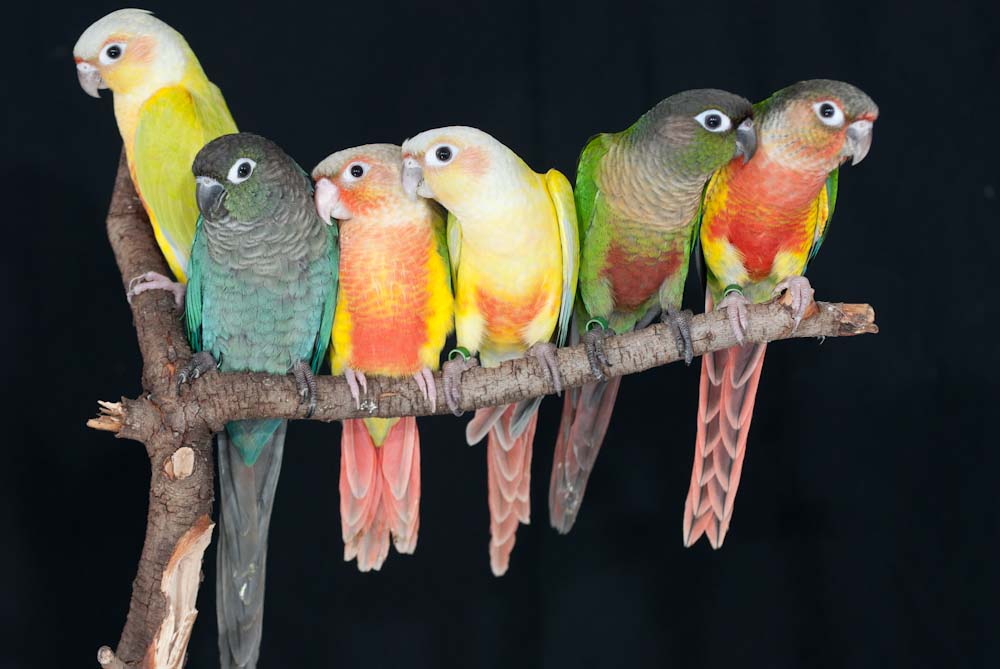
Green-cheeked Conures, scientifically known as Pyrrhura molinae, are widely loved by bird enthusiasts due to their compact size, lively personalities, and the rich variety of color mutations available through selective breeding. Below is an overview of some common mutation types and their care points to help beginners better understand and care for these delightful little companions.
Common Variants and Characteristics
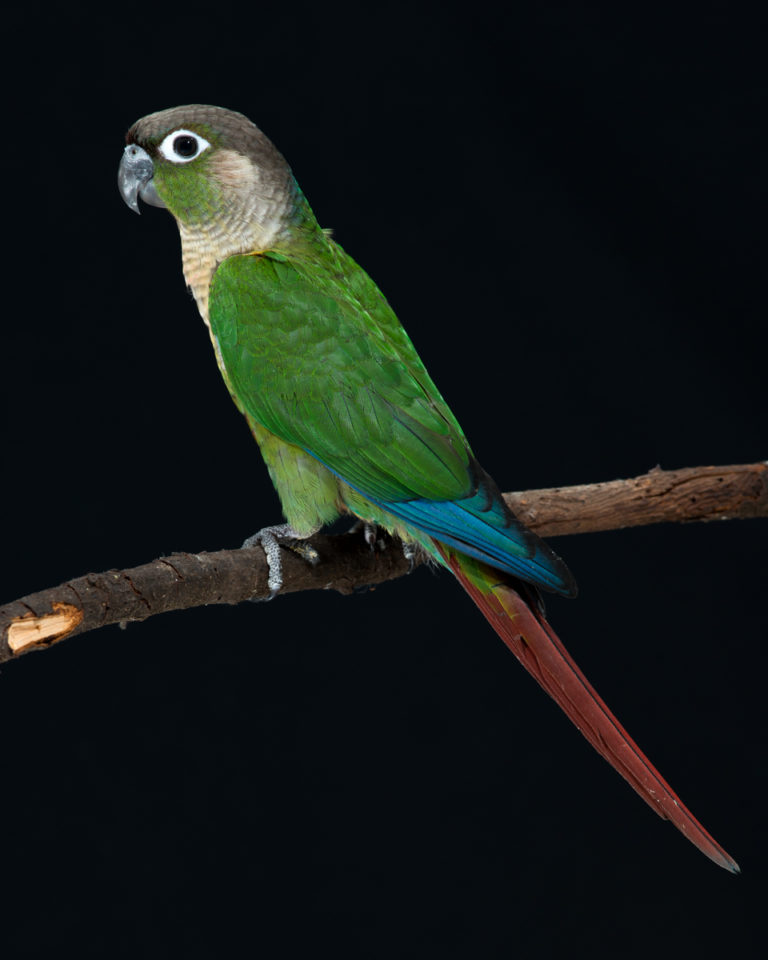
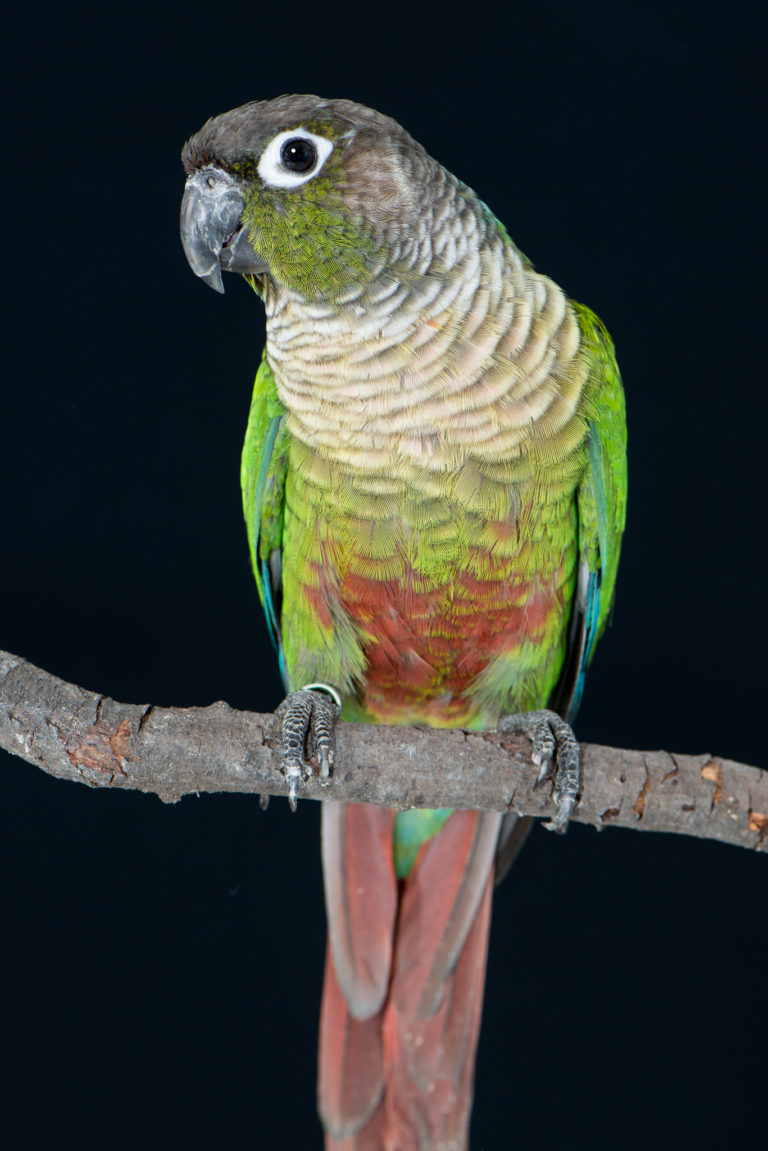
Normal Green-cheeked Conure ↑
- The original type, featuring a green body, grey chest, chestnut tail, and blue flight feathers, showcasing the classic beauty of the Green-cheeked Conure in its natural state.
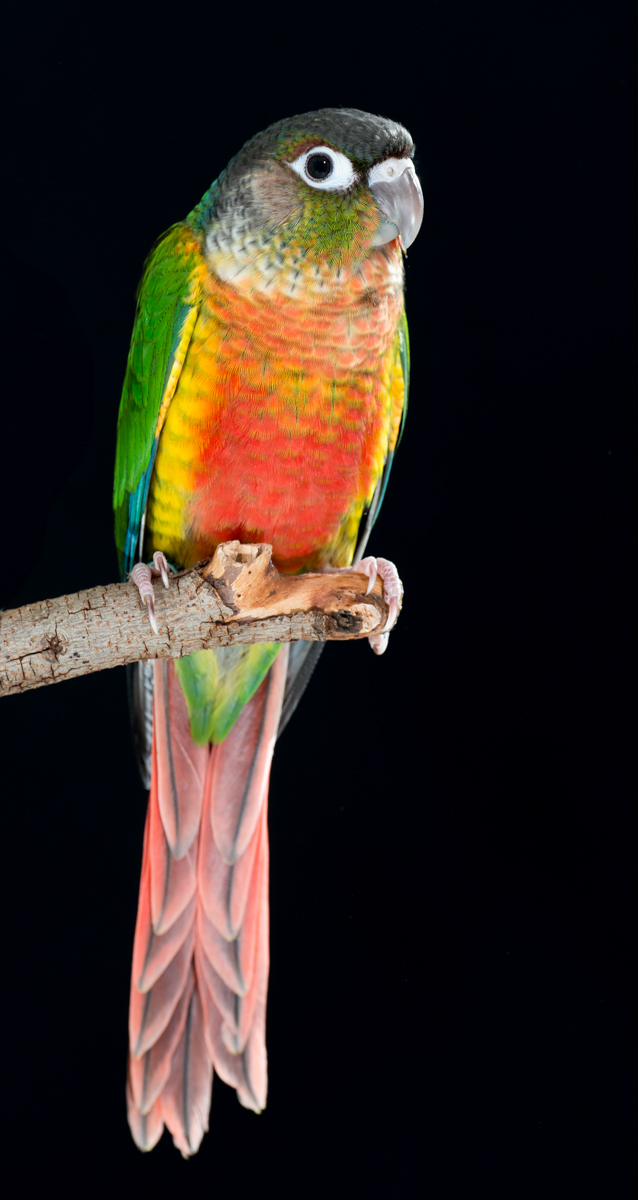
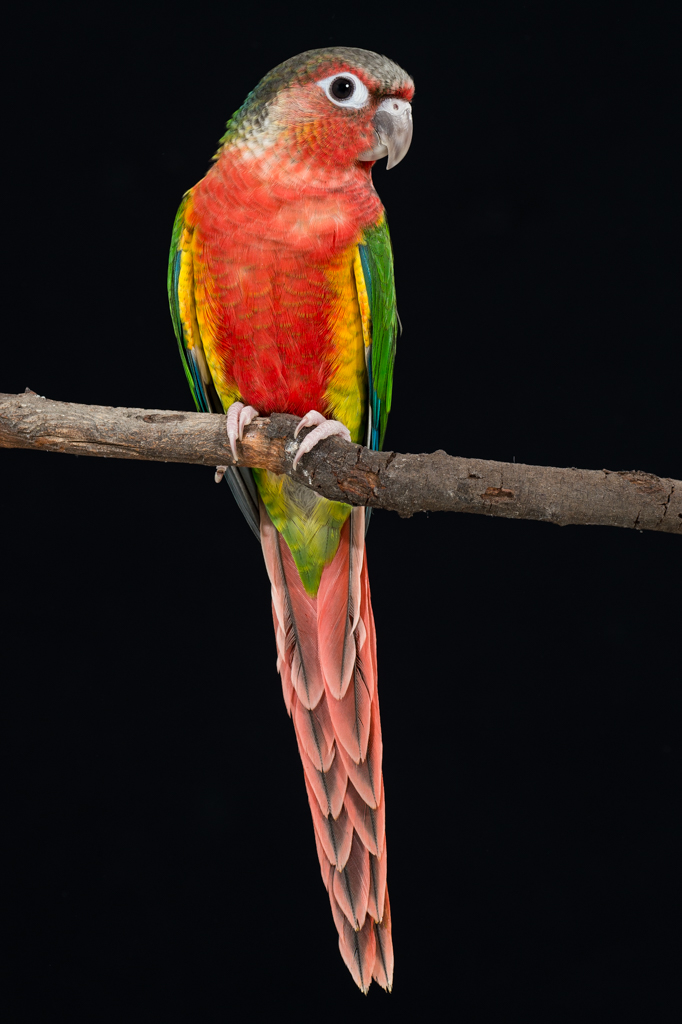
Yellow-sided Green-cheeked Conure ↑
- This variant adds bright yellow and red to the sides and belly, making the overall coloration more vivid.
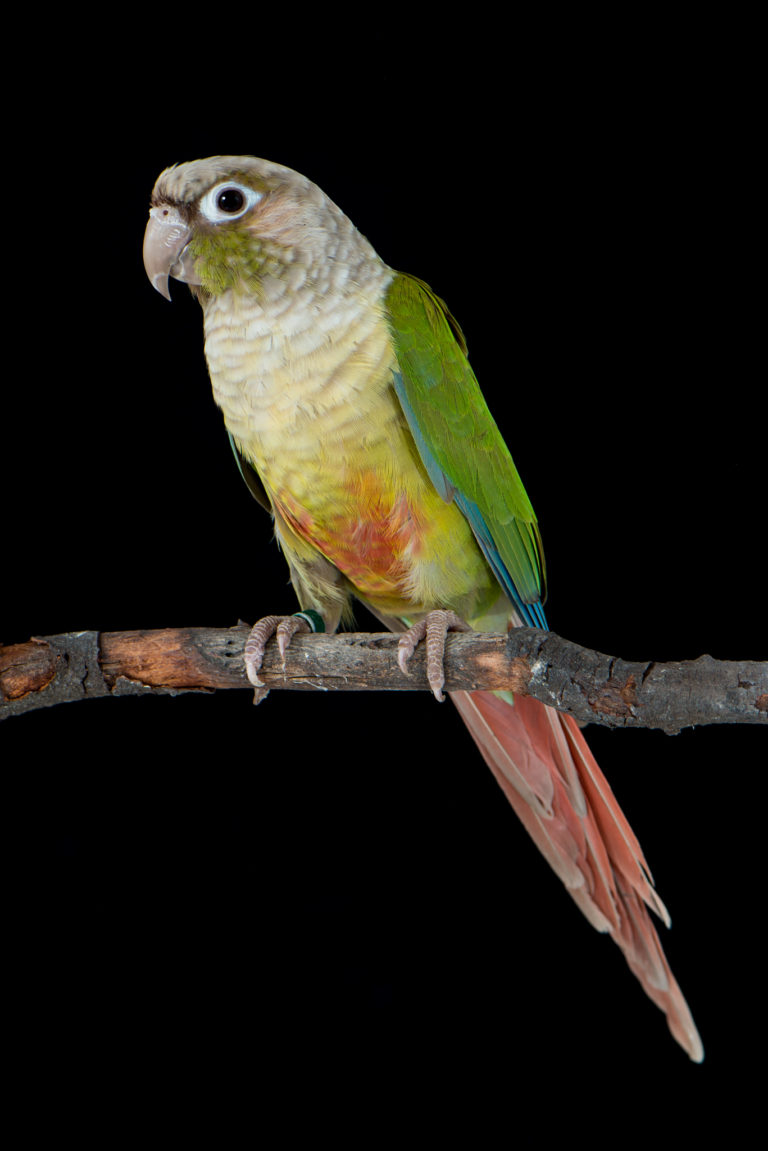
Cinnamon Green-cheeked Conure ↑
- The Cinnamon mutation gives the feathers a lighter cinnamon brown, especially on the back and wings, contrasting with the usual green.
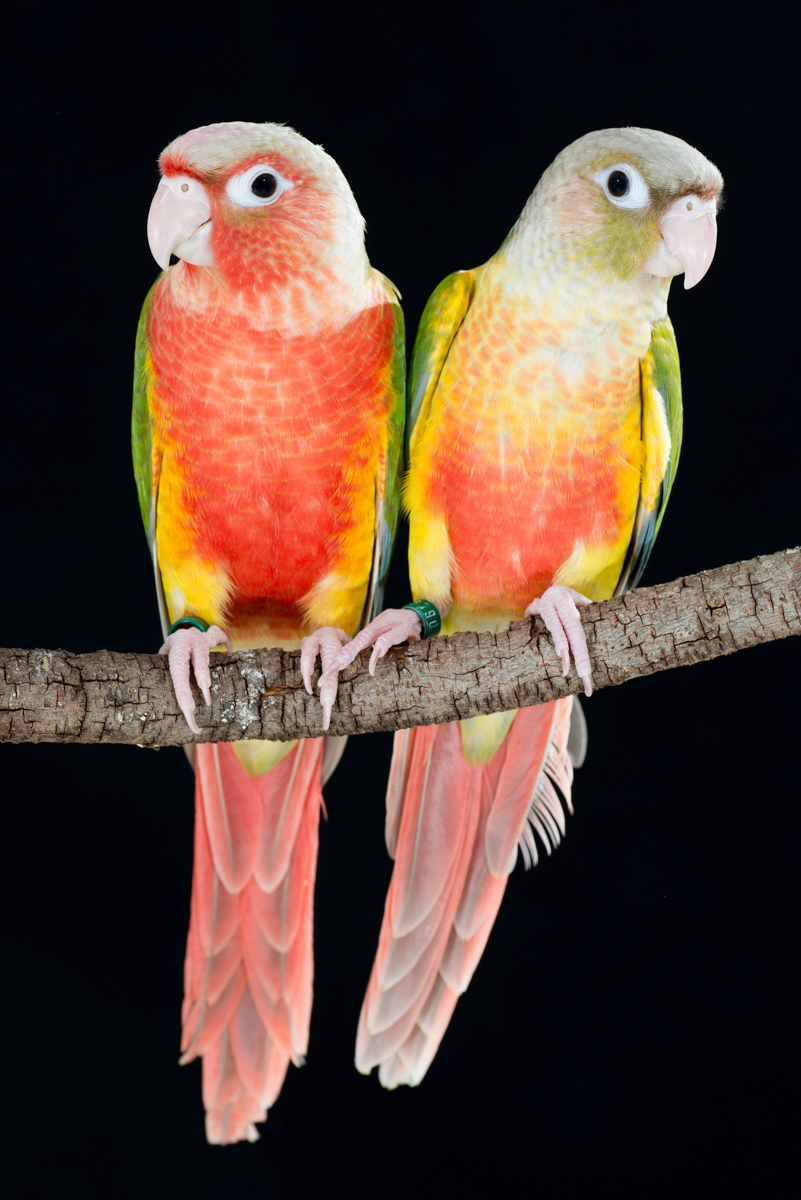
Pineapple Green-cheeked Conure ↑
- Combines Yellow-sided and Cinnamon mutations, adding yellow and red to the belly on top of the cinnamon color, very striking.

Turquoise Green-cheeked Conure ↑
- This variant changes the base green to more blue tones, presenting a unique turquoise blue-green color.
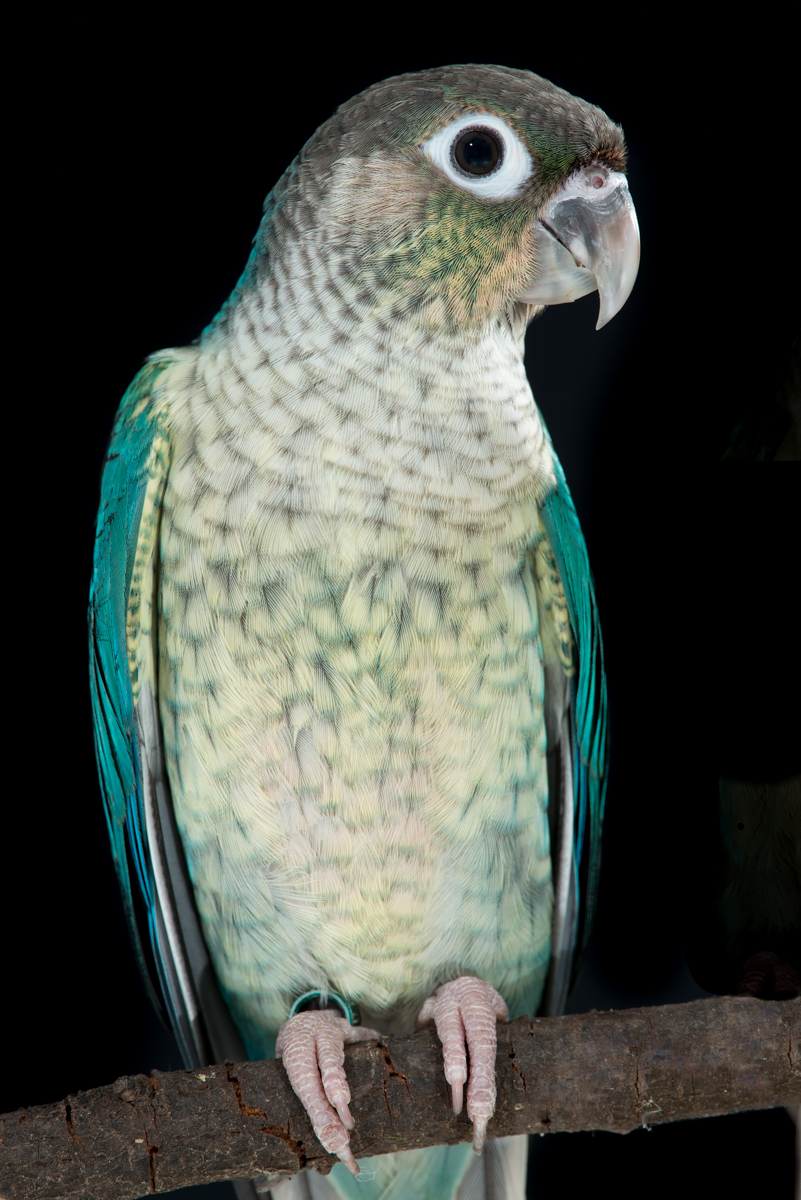
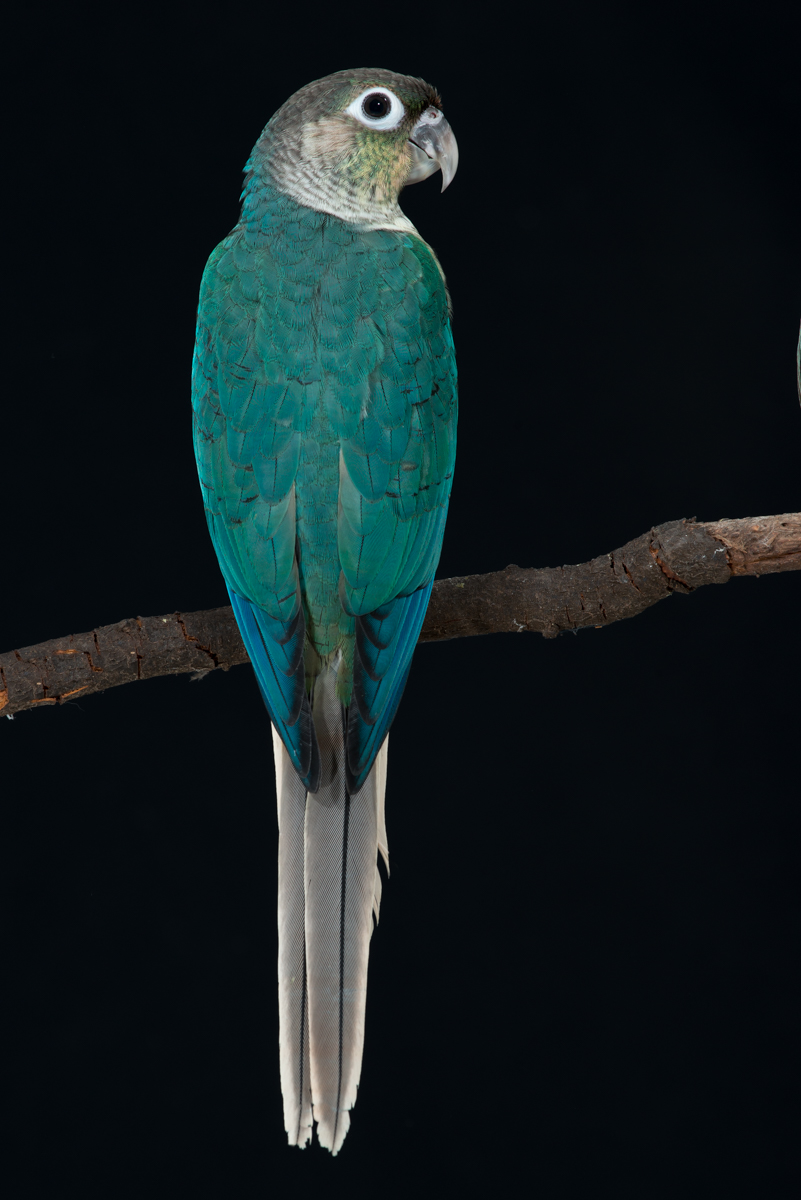
Turquoise Yellow-sided Green-cheeked Conure ↑
- Combining Turquoise and Yellow-sided mutations, it features a blue body with yellow and red on the sides and belly.
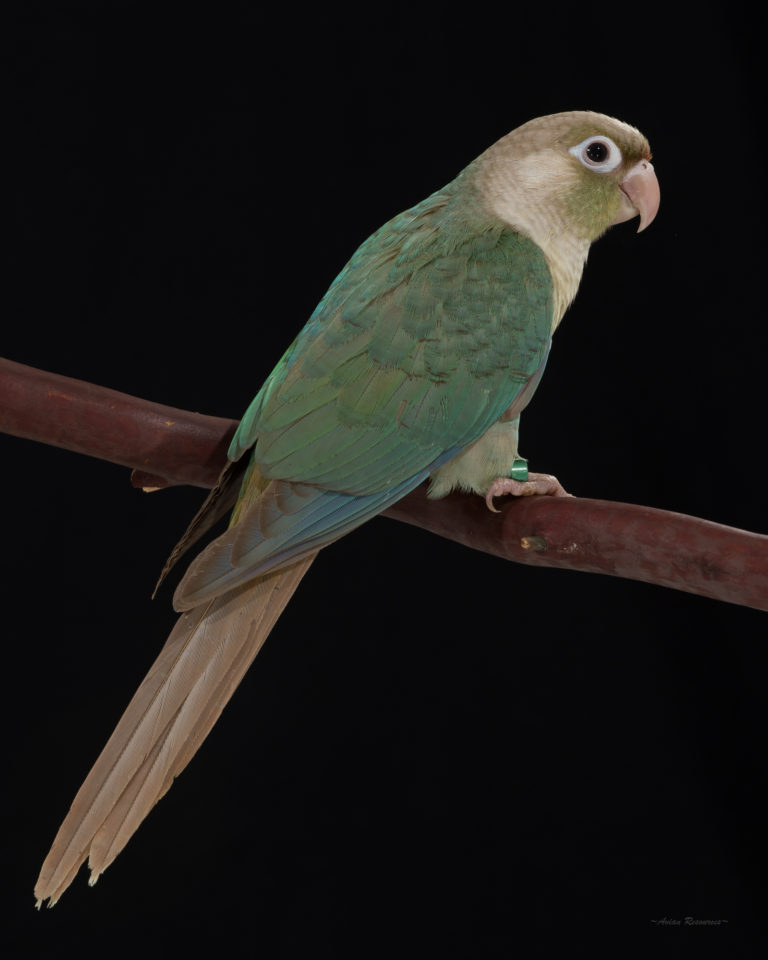
Turquoise Cinnamon (Mint) Green-cheeked Conure ↑
- Combines features of Turquoise and Cinnamon, with feathers showing a soft mint blue color.
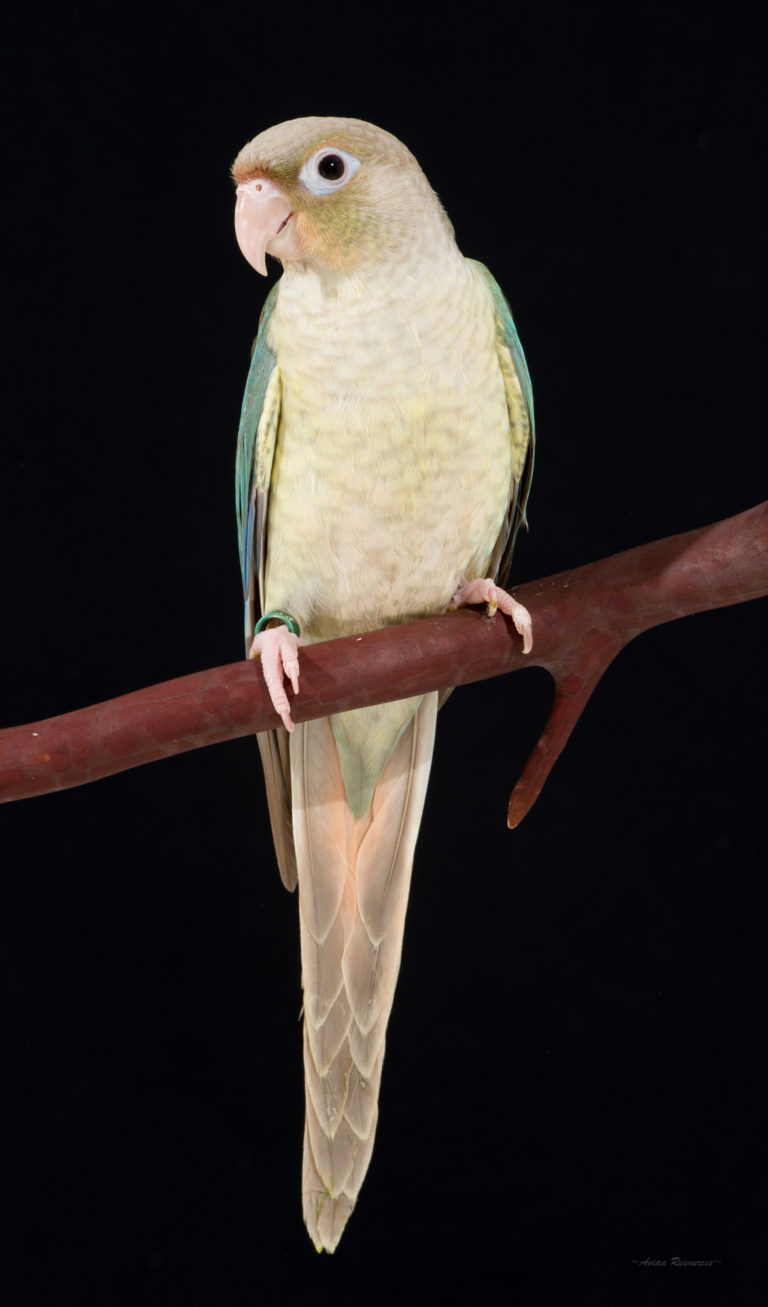
Turquoise Pineapple Green-cheeked Conure ↑
- It combines Turquoise and Pineapple mutations. The Pineapple mutation itself is a combination of Cinnamon and Opaline mutations.
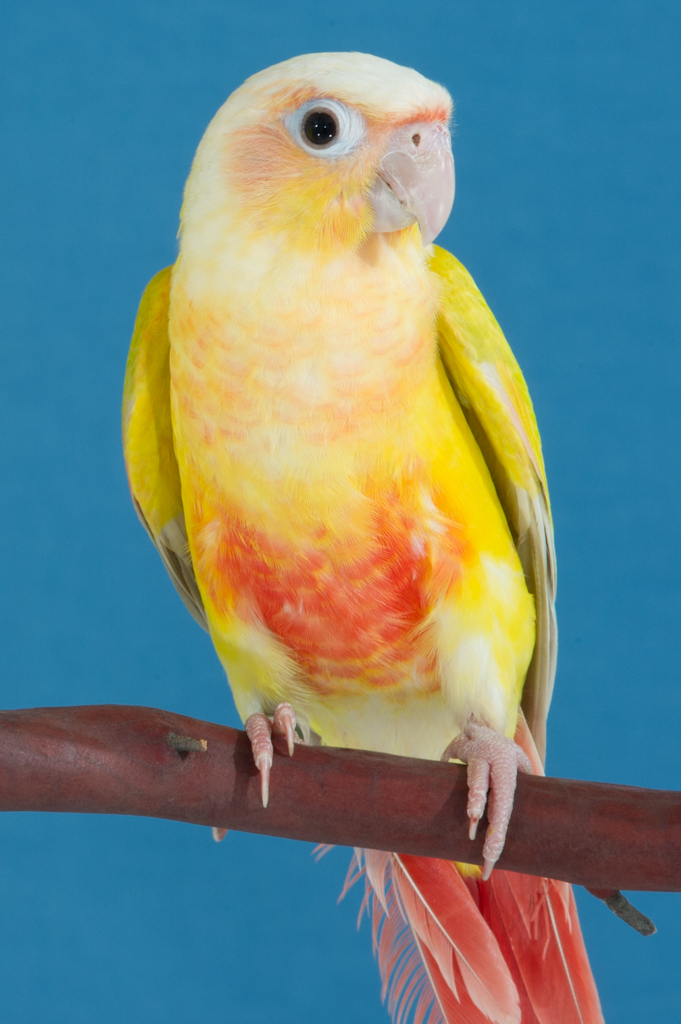

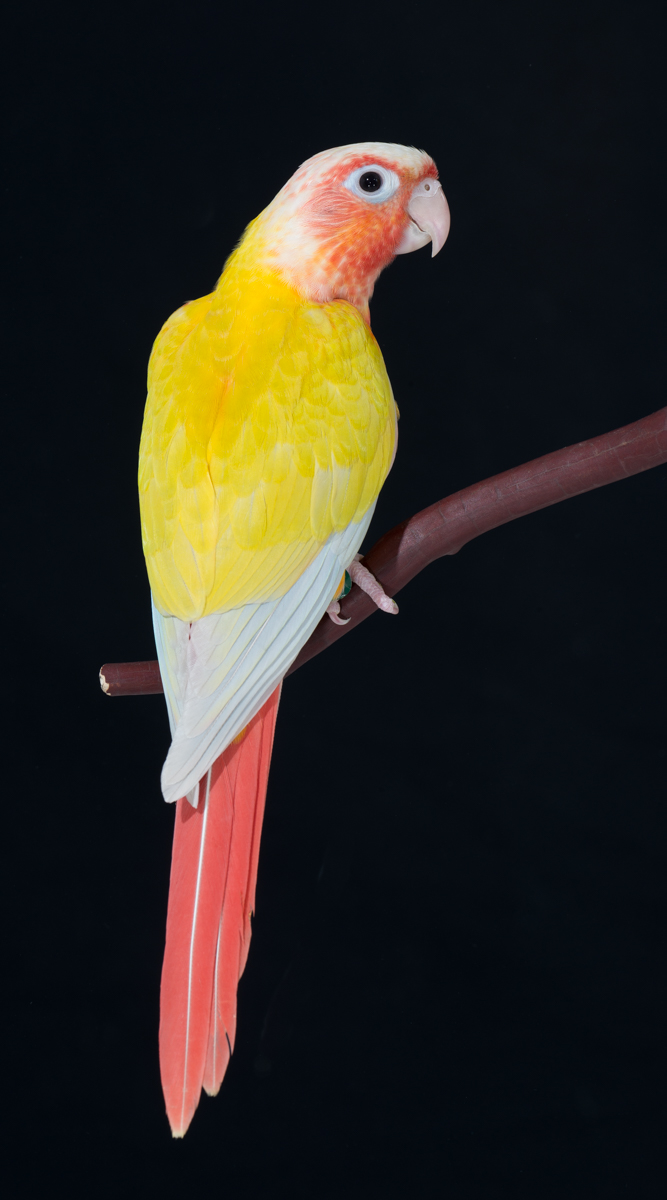
Suncheek Green-cheeked Conure ↑
- Born from combining Yellow-sided, Cinnamon, and Opaline mutations. The feathers primarily display soft yellow and red, with a pale cinnamon back and wings, very pleasing to the eye.
Explanation of ‘Piedness’
- ‘Piedness’ is a term used to describe the distribution of feather colors,
usually categorized as “high pied”, “medium pied”, and “low pied”:
- High Pied: A larger area of red or yellow in the feathers, making the colors more vibrant.
- Medium and Low Pied: Less distribution of vivid colors, resulting in lower piedness.
Care Tips
- Diet: Should primarily consist of seeds, fruits, berries, and nuts, with the addition of some vegetables and a small amount of insects to ensure a balanced diet. (It is recommended to primarily use pellets as they are more balanced compared to seed diets, which can lead to selective eating.)
- Environment: Requires a sufficiently large cage and plenty of toys to satisfy their playful nature. Regularly clean the cage and toys to maintain hygiene.
- Social Interaction: These parrots enjoy socializing and need companionship and interaction with humans or other birds. Daily interaction and play help enhance their social skills and reduce anxiety.
- Health Monitoring: Pay attention to the bird’s behavior and physiological state, ensuring normal eating and excretion, and seek veterinary help when needed.
Criteria for Choosing a Green-cheeked Conure
When selecting a pet Green-cheeked Conure, there are several factors to consider, including appearance, personality, health status, and price. The various color mutations of Green-cheeked Conures, including the so-called ‘piedness’ (i.e., the distribution and area of bright colors in the feathers), do affect the price and market demand. High-pied Green-cheeked Conures, due to their vibrant colors and unique appearance, are generally priced higher than ordinary or low-pied ones. However, this does not mean that high-pied Green-cheeked Conures are superior in other aspects (such as health or personality) compared to low-pied ones. When choosing a pet Green-cheeked Conure, the following key factors should be considered:
Health Status: A healthy parrot should be lively, with bright eyes and smooth, neat feathers. Their breathing should be steady and silent, without any abnormal respiratory sounds.
Personality and Behavior: Different parrots can have greatly varying personalities, and it’s important to choose one that fits well with the family environment. Some parrots may be better suited for experienced owners, while others might be easier for beginners or families with children.
Care Difficulty: Some parrot species may require more attention and special care, such as frequent social interaction, special dietary needs, or more frequent health check-ups.
Price: Budget is an important factor in deciding which parrots can be considered. High-pied parrots may be more expensive, but this should not be the only criterion.
Source: When buying a parrot, choose a reputable breeder or store. A responsible seller will provide transparent information about the parrot’s health and
origin.
Choosing a pet parrot involves not just the appearance, but also prioritizing the bird’s health, personality, and adaptability. A parrot that may look ordinary but is healthy and has a friendly personality often makes a better family companion. Consider all factors comprehensively, not just based on piedness or appearance. We hope this guide helps you better understand and care for your Green-cheeked Conure, and choose a pet that fits well with your family environment, making them a happy little companion in your home.